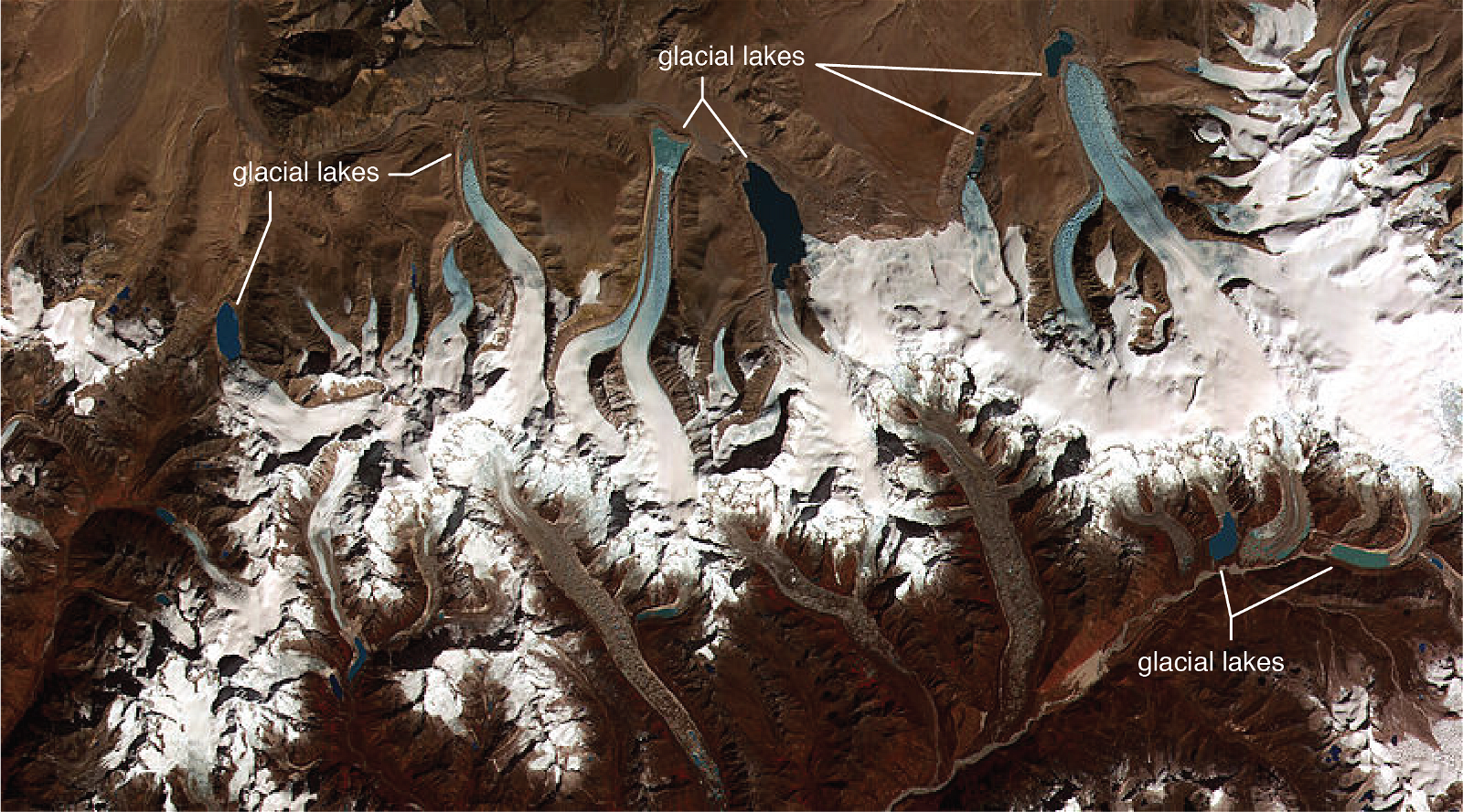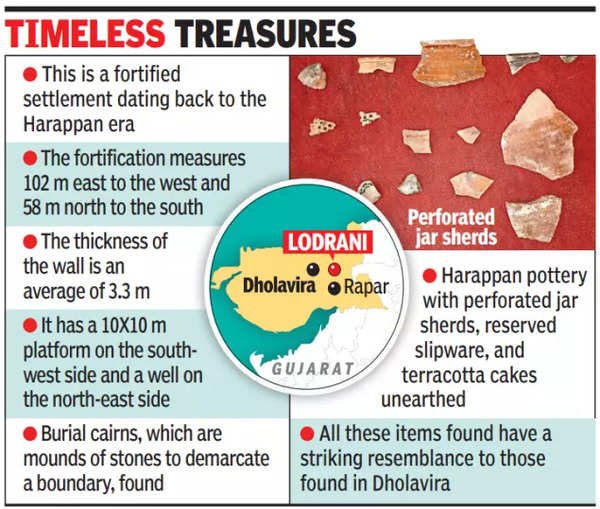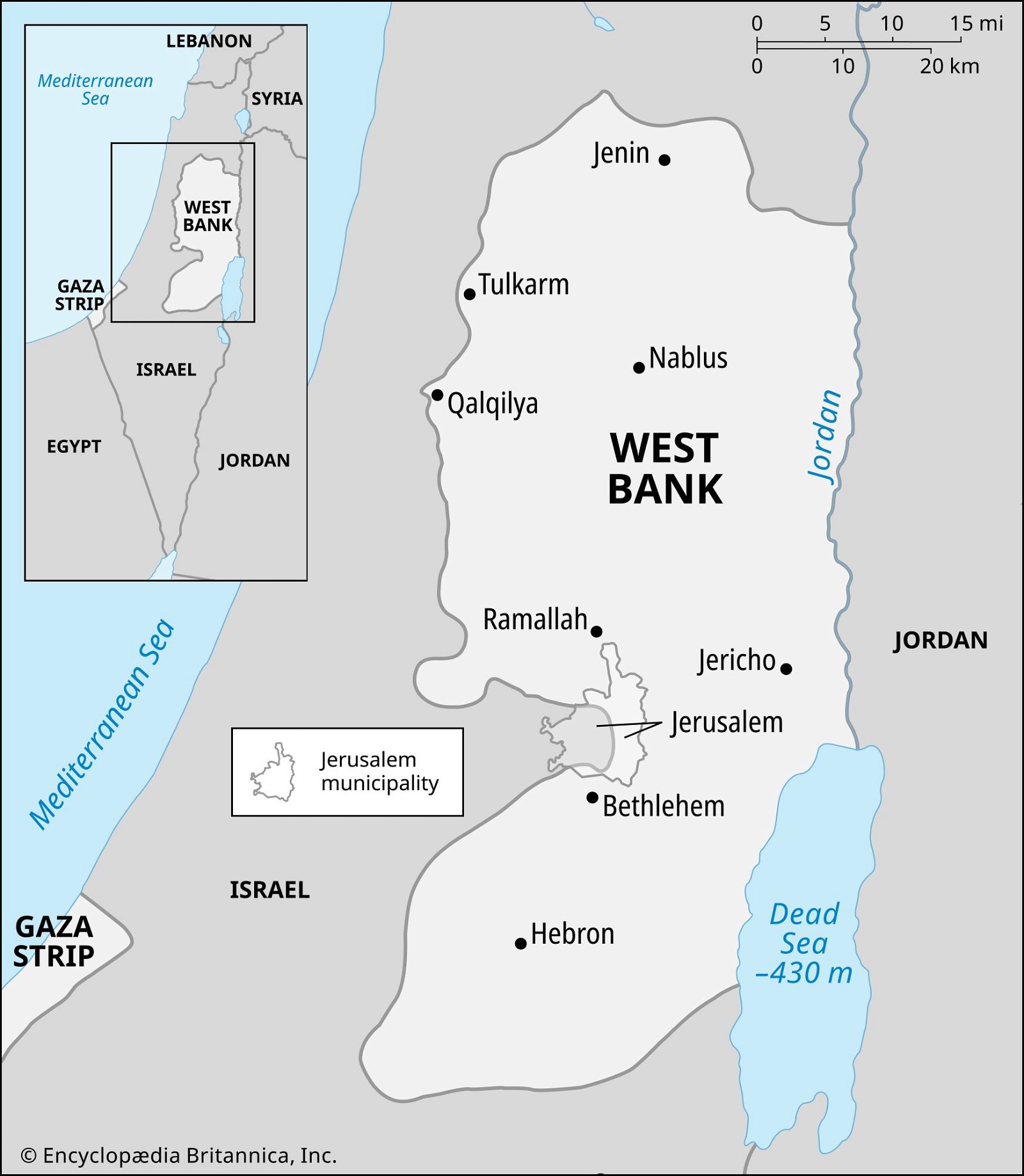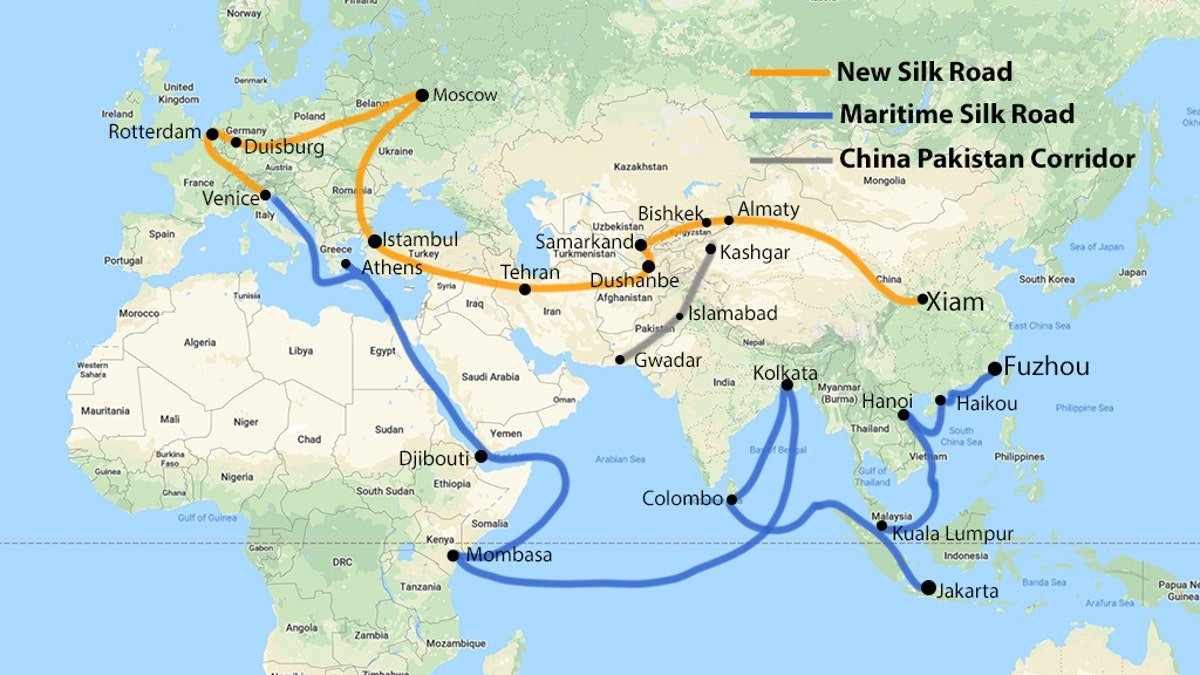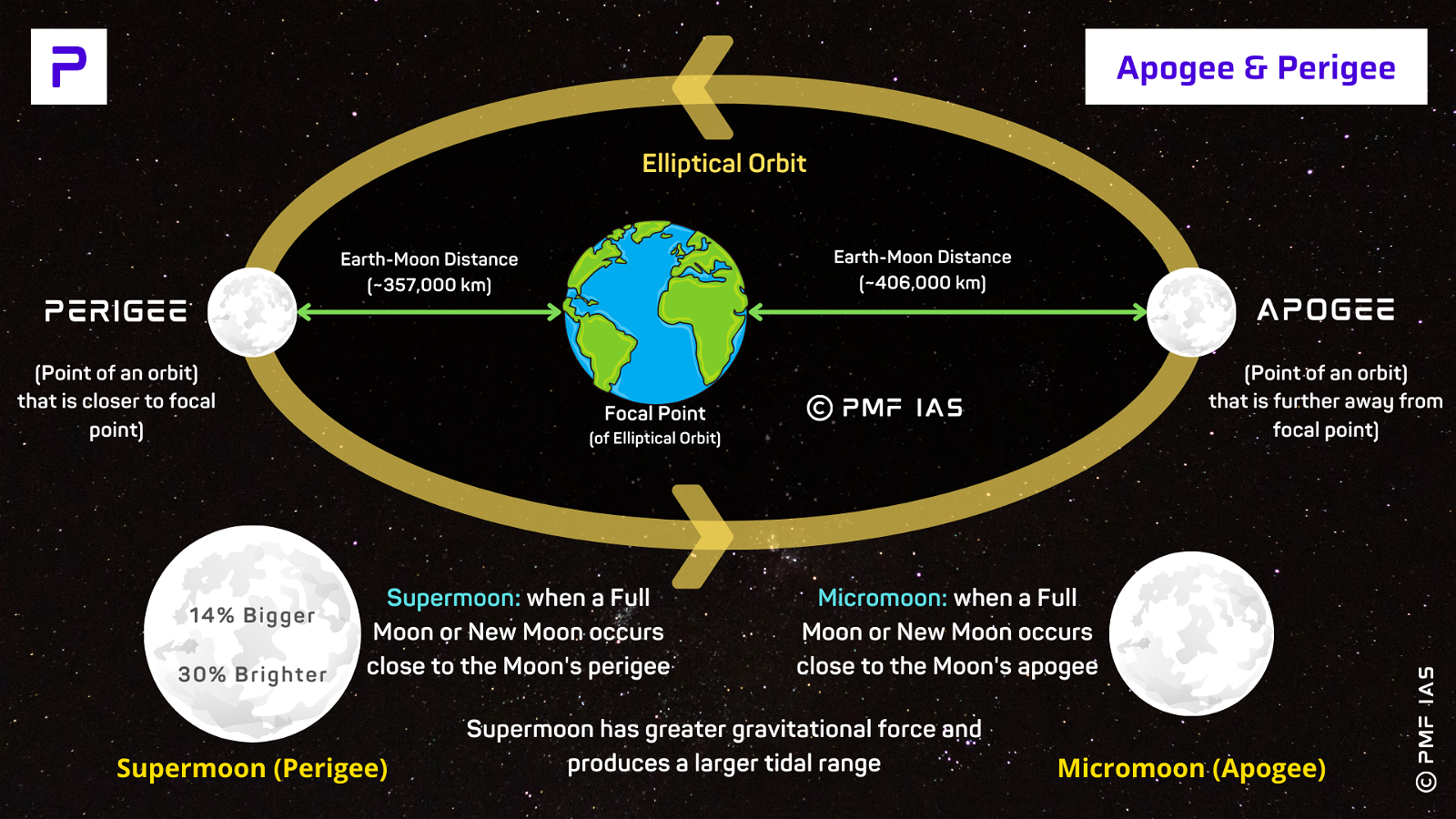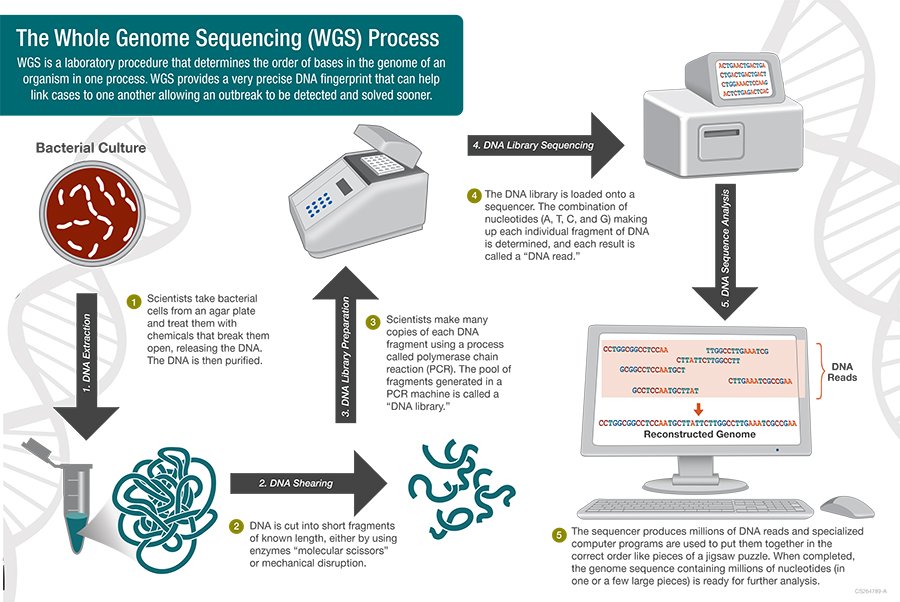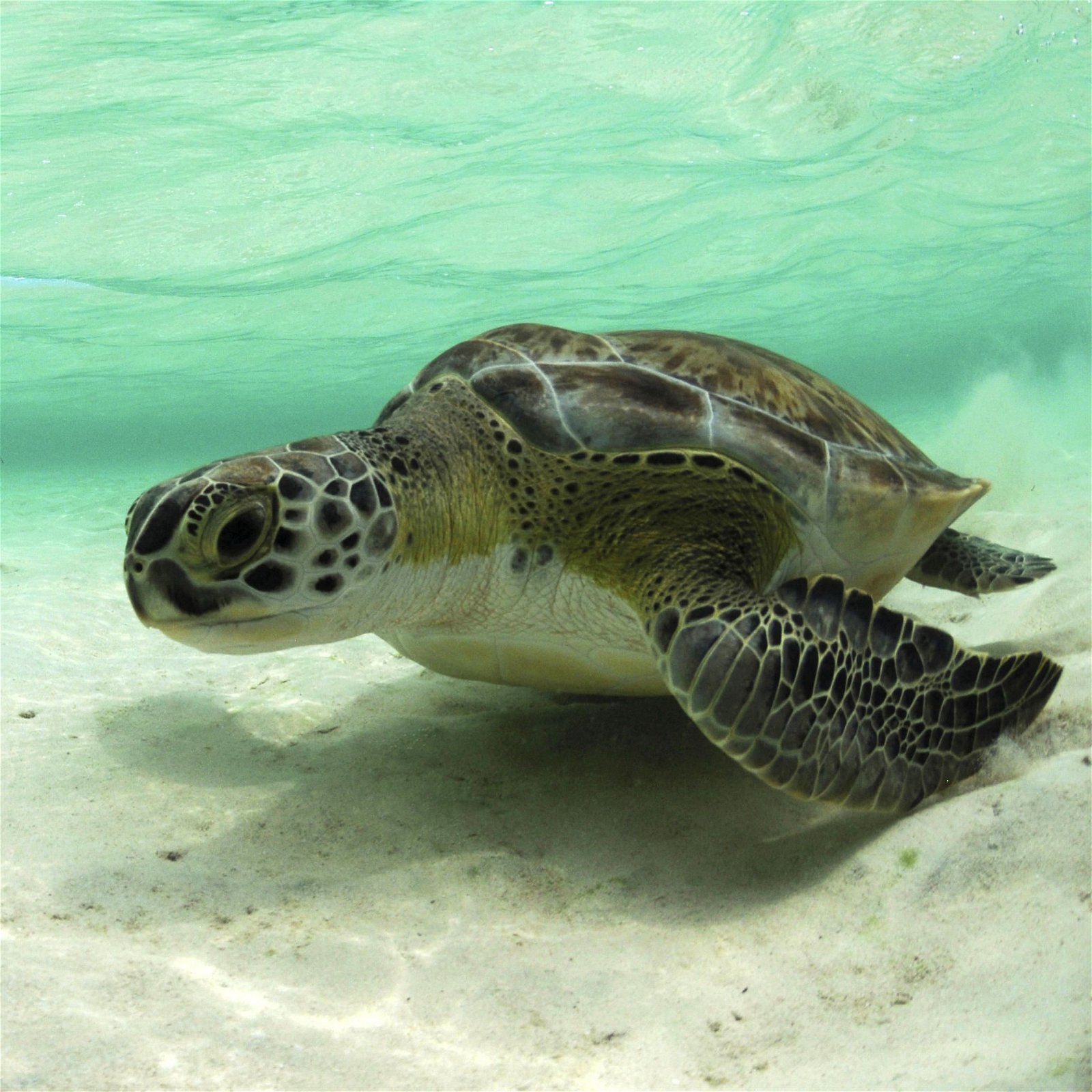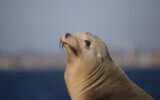
Current Affairs for UPSC Civil Services Exam – April 26, 2024
Subscribers of "Current Affairs" course can Download Daily Current Affairs in PDF/DOC
Subscribe to Never Miss an Important Update! Assured Discounts on New Products!
Must Join PMF IAS Telegram Channel & PMF IAS History Telegram Channel
{GS2 – IR – Issues} Safety of Rwanda (Asylum and Immigration) Bill
- Context (IE): The Rwanda Bill was passed by the UK to counter a challenge raised by the British Supreme Court against a controversial deportation policy.
What was the policy?
- UK government plans for deporting undocumented immigrants to the East African nation of Rwanda.
- Rwanda plan aims to reduce illegal migration and net migration numbers in the UK.
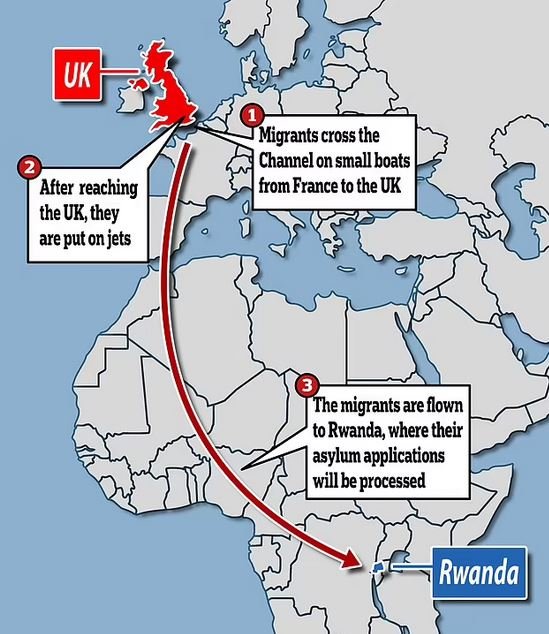
Need for such a policy
- Rising migrant population: The number of migrants arriving in Britain on small boats soared to 45,774 in 2022 from just 299 four years earlier.
- Domestic elections: UK elections are due in 2025, and such a policy is seen as a popular measure.
Main provisions of the bill
- Under the Bill, asylum seekers deemed to have illegally entered its territories after January 1, 2022, can be sent to Rwanda for “processing”.
- Crucially, irrespective of whether an asylum seeker is found to be “genuine” or not, they cannot return to the UK and must opt for settlement in either Rwanda or another country.
- The bill was introduced to respond to the UK’s Supreme Court’s concerns and allow Parliament to confirm the Republic of Rwanda’s status as a safe third country.
Why Rwanda was chosen?
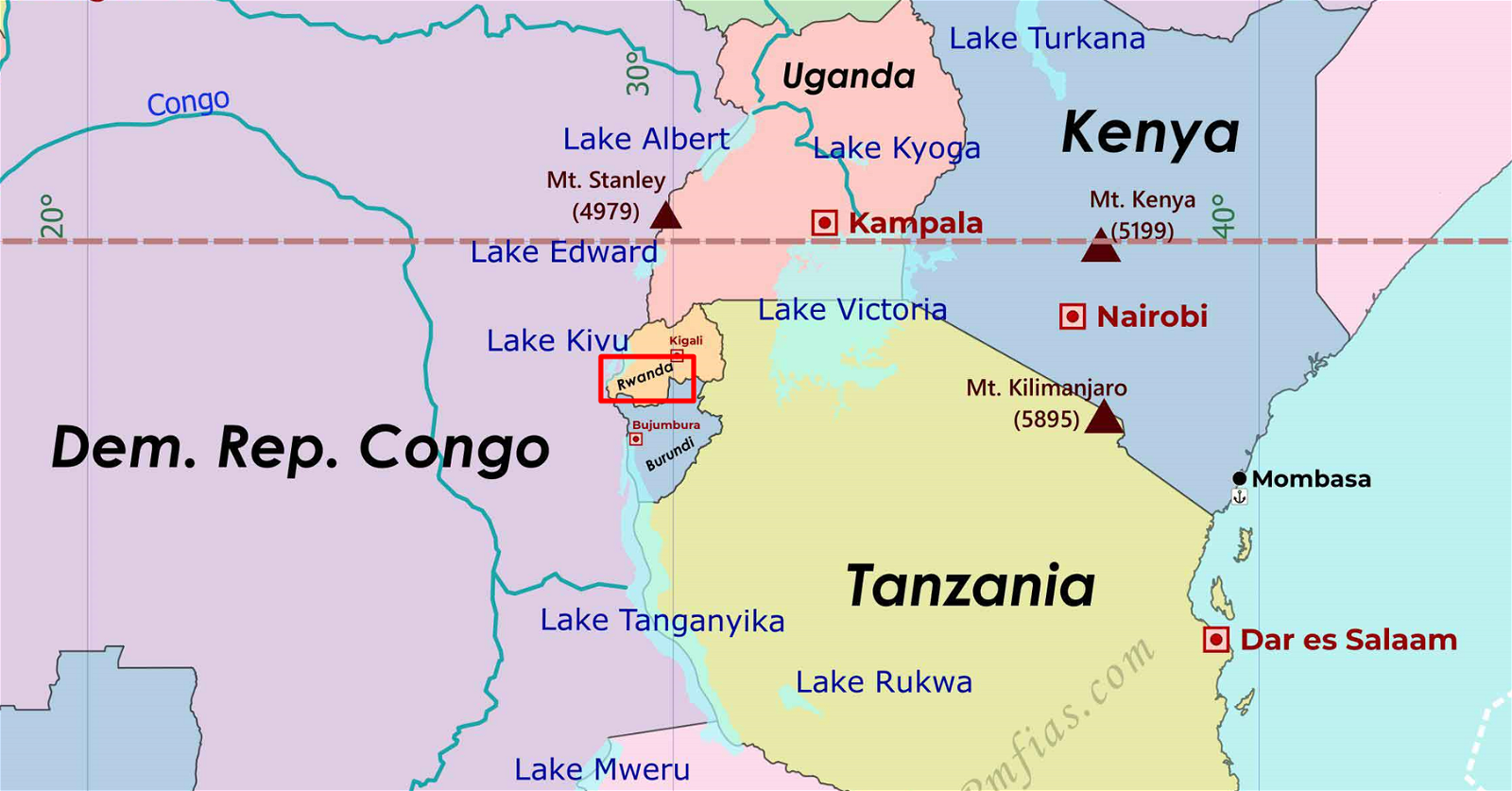
- Other nations were dismissed as unviable or rejected by the host country.
- Rwanda was always the most promising country that agreed to strike the deal.
- Earlier in 2021, Denmark agreed to a “memorandum of understanding” with Rwanda, which was referred to as a possible “precursor to a subsequent transfer agreement”.
- Rwanda currently hosts more than 135,000 refugees and asylum seekers, and it is claimed that their rights are “protected under various laws“.
Criticism of Rwanda Plan
- Human rights issue: Rwanda’s poor human rights record raised questions of safety.
- Freedom of criticism: Allegedly, the Rwandan government is intolerant to criticism.
- Not whole rights: Rights given to asylum seekers are limited. It could be difficult for them to make independent lives for themselves.
- Refoulement policy in Rwanda: Rwanda has a record of the practice of sending migrants back to their unsafe home countries.
- Economic burden: The UK will bear the cost, so a huge sum of public money will be spent.
- Domestic opposition in the UK: Opposition parties refer to the plan as an “unworkable, unethical and extortionate policy“.
- Legal issues: The UK Supreme Court ruling in 2023 declared the policy was illegal.
- Commodity treatment: UNHCR argues that asylum seekers should not be traded like commodities and transferred abroad for processing.
- Shifting the responsibilities: Arrangements without proper safeguards simply shift the asylum responsibilities and are contrary to the letter and spirit of the Refugee Convention.
{GS3 – Agri – Fertilisers} Maximum Residue Limit (MRL)
- Context (DTE | TOI): The Food Safety Standards Authority of India (FSSAI) increased the maximum residue limit (MRL) of pesticides in herbs and spices by 10 times.
- MRL of pesticides has increased from 0.01 milligrammes per kilogramme (mg/kg) to 0.1 mg/kg.
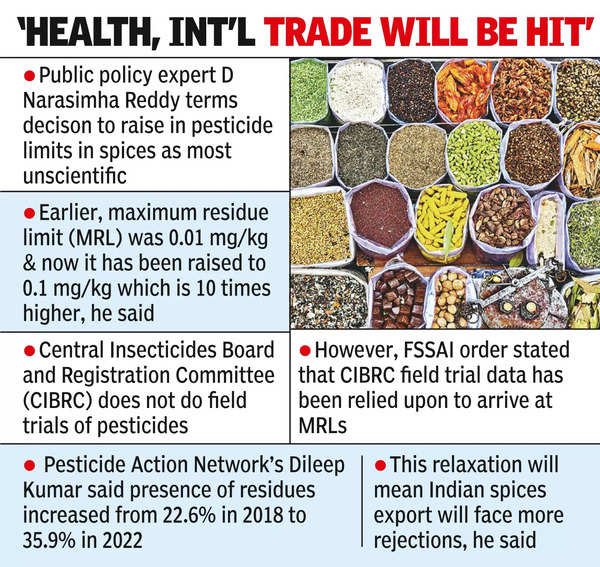
- The Food and Agriculture Organization (FAO) defines the Maximum Residue Limit (MRL) as the highest legally tolerable level of pesticide in food or animal feed.
- MRIs are specified by Codex Alimentarius, a collection of internationally adopted food standards.
- It was established by FAO and the World Health Organization in 1963. In the absence of Codex, regulating authorities in the country of export will specify the MRLs.
- In India, MRLs of pesticides for food and commodities, including spices and culinary herbs, are specified under the Food Safety and Standards (Contaminants, Toxins and Residues) Regulation, 2011.
- The MRLs are fixed based on the field trial data received through the Central Insecticides Board and Registration Committee (CIBRC), Union Ministry of Agriculture and Family Welfare.
- The CIBRC does not conduct any field trials of pesticides. The data is provided by the manufacturing companies which are approved by CIBRC to approve pesticides.
- The CIBRC never sets any limit on residues. There is no declared procedure of using the data to fix MRLs.
- Concerns with increased MRL: Ingestion of pesticides in the human body, ban on export of food items due to high pesticide residue, etc.
{GS3 – Envi – Conservation} Green Loans
- Context (PIB): Rural Electrification Corporation Ltd (REC) secured a Green Loan of Japanese Yen (JPY) 60.536 billion for sustainable projects in India.
- The Italian Export Credit Agency, SACE, guarantees the loan with an 80% guarantee under its Push Strategy program.
- It is aimed at supporting renewable energy, green mobility, and energy efficiency projects in India.
- This is SACE’s first JPY-denominated loan and their first green loan in India.
- The loan reflects the increasing momentum towards green financing.
Green Financing
Types of green finance instrumentsGreen Bonds
Green Loans
Green Equity
Green Microfinance
Green Insurance
Rural Electrification Corporation Ltd (REC)
|
{GS3 – Envi – Conservation} Need of amendment in Atomic Energy Act, 1962
- Context (THBL): The Atomic Energy Act needs to be amended to facilitate private investments in the nuclear sector.
- It restricts private ownership of nuclear plants. Only the central government holds the power to produce, develop, use and dispose of ‘atomic energy’.
- After amendments, such powers can be exercised through any authority or corporation established by the government in which the latter holds at least 51 per cent of the paid-up share capital.
- The amended Atomic Energy Act also allows the Nuclear Power Corporation of India (NPCIL) to form joint ventures with other public sector units to secure funding for new projects.
- This does not extend to private or foreign companies. However, private companies may participate in certain related activities, including supplying components and reactors.
Pink Hydrogen
- It is generated through electrolysis, similar to Green hydrogen, but powered by nuclear energy.
- Claims indicate that pink hydrogen facilities can achieve a high capacity factor due to nuclear power’s steady baseload profile (stability & density) relative to the intermittent supply from renewable sources.
- It may produce far more hydrogen than a green facility, even though it’s expensive.
- High temperatures from nuclear reactors may also be used in other industrial processes.
- Specifically, heat generated through fission (splitting uranium atoms) can make steam for spinning turbines, which in turn produces electricity.
To know more, visit > Hydrogen based economy.
{GS3 – Envi – Plastic Pollution} Plastic Treaty
- Context (DTE | DTE | DTE | DTE): With countries set to meet in Ottawa, Canada, to discuss progress in drafting a first-ever global treaty, a look at the global efforts to tackle plastic pollution.
Can a dedicated financial mechanism beat global plastic pollution?
- A dedicated financial mechanism is designed to provide predictable, sustainable and adequate resources to support implementation efforts in developing countries, particularly Small Island Developing States (SIDS) and LDCs.
- This mechanism is funded by contributions from all sources, including domestic, international, and private funding.
- Further, each Party is required to establish a plastic pollution fee to be paid by plastic polymer producers within their jurisdictions.
- The modalities and procedures for implementing the global plastic pollution fee are determined by the governing body.
- The provisions underscore a comprehensive approach to combatting plastic pollution, promoting financial support and capacity-building with a global focus on sustainable solutions.
- Norway and the European Union have suggested a strong financial mechanism for plastic pollution. The mechanism will not work through a dedicated fund, but by mobilising private, public, domestic and international funds.
- Ghana put up the proposal for the Global Plastic Pollution Fee (GPPF).
- The African group has proposed establishing a dedicated fund to provide financial resources for developing countries. China, India, and Iran also supported the idea of a dedicated fund.
- However, they disagreed to the idea of plastic polluters paying for environmentally sound management of plastic pollution.
- The United States has proposed that each Party should mobilise its own resources, such as domestic funds, bilateral funds, and national budgets, for national activities.
- Iran proposed that developed countries be mandated to support developing countries whose economies depend on fossil fuels and its allied products like plastics.
How is the Global North helping the South tackle plastic pollution?
- It underscores the significance of capacity-building, technical assistance, and technology transfer in empowering developing countries, LDCs & SIDS to implement effective measures against plastic pollution.
- The United States, Canada, and the European Union have proposed higher ambitions for timely and adequate capacity building of all stakeholders across the value chain.
- Russia has proposed a separate provision on technology transfer, focusing on plastic waste management. It has also mentioned about freedom of trade of technology.
Where do countries stand on a ‘just transition’ for the plastic industry?
- The concept of ‘just transition’ encompasses a socio-economic framework that aims to navigate the shift away from plastic-dependent industries towards more sustainable alternatives while ensuring equity and inclusivity.
- It particularly focuses on marginalised or vulnerable groups, ensuring they are not disproportionately affected by industry shifts and promoting social justice through inclusive decision-making processes and resource access.
- The United States and African group have expressed support for children, youth and stakeholders, including waste pickers.
- India and Japan agreed to just transition provisions, but strictly based on national regulations to promote implementation.
- Iran advocated for financing, technology transfer and capacity building from developed countries. It disagreed on legally recognising and protecting workers in waste management cooperatives.
Learn in detail about the Plastic Treaty.
{GS3 – IE – Industry} TINA Factor and Rise in Gold Demand in China
- Context (BT): Chinese demand for gold hit record levels, while India’s demand decreased.
- China mines a lot of gold but still imports significant amounts, totalling over 2,800 tons in the last two years, surpassing ETF gold reserves or a third of the US Federal Reserve’s gold holdings.
Reasons for the rise in Gold demand in China
- Chinese consumers, investors, futures traders, and even the central bank are turning to gold due to the “there is no alternative” (TINA) factor.
- TINA has historically been a response to certain economic conditions where investments typically seen as safe have become less favourable.
- Limited investment options in China, along with the property crisis, volatile stock markets, and a weakening yuan, are pushing people towards safer assets like gold.
- In addition, Geopolitical tensions, conflicts in the Middle East and Ukraine, and potential lower US interest rates are boosting gold’s appeal as an investment.
- This may cause some investors to consider riskier investments and feel that, due to economic conditions, there is no alternative.
- E.g, after 2007-08 financial crisis, central banks slashed interest rates to encourage economic activity.
- This caused bond yields to decrease sharply, causing investors to turn away from bonds. TINA then took effect, and investors shifted to riskier investments to achieve the desired results.
To know other factors that determine the Gold prices, Visit > Reasons for Increase in Gold Prices.
{GS3 – S&T – Defence} Army Tactical Missile Systems (ATACMS)
- Context (IE): The United States is giving Ukraine long-range Army Tactical Missile Systems (ATACMS) to help in its fight against Russia. The missiles are intended for use within Ukraine’s borders.
- The US is sending the ATACMS system now due to Russia’s increased attacks on civilian infrastructure.
- Also, recent events, like North Korea reportedly supplying ballistic missiles to Russia, prompted the US to provide the missiles to Ukraine.
What is the ATACMS system?
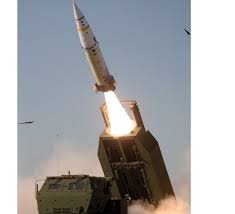
- The ATACMS system is a surface-to-surface artillery weapon developed by Lockheed Martin.
- It can hit targets beyond the range of existing Army cannons and missiles.
- Its maximum range is 300km. Earlier versions had shorter ranges of around 160km.
- In October 2023, the US provided ATACMS missiles with cluster munitions, which release multiple bomblets when fired.
- ATACMS missiles are launched from platforms like the High Mobility Artillery Rocket System (HIMARS) and Multiple Launch Rocket System (MLRS) M270.
- The US and the UK have provided these launch platforms to Ukraine.
{GS3 – S&T – Space} China Launches Shenzhou-18 Crew to its Space Station
- Context (TH): China launched a three-member crew to its Tiangong space station.
- The Shenzhou-18 spacecraft lifted off from the Jiuquan Satellite Launch Center atop a Long March 2-F rocket.
- The Shenzhou-18 crew will spend about six months on the space station.
- They will conduct scientific tests, install space debris protection equipment, carry out payload experiments, and promote science education.
- The crew aims to put astronauts on the moon by 2030.
- China conducted its first crewed space mission in 2003, becoming the third country after the former Soviet Union and the U.S. to do so independently.
Space Stations
|
{Prelims – In News} Indian Historical Records Commission
- Context (PIB): The Indian Historical Records Commission (IHRC) has adopted a new Logo and Motto.
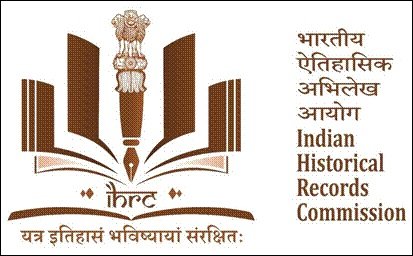
- The Indian Historical Records Commission is an all-India Forum of creators, custodians and users of records set up in 1919.
- It is headed by the Union Minister of Culture.
- Secretariat: National Archives of India.
- Motto: “Where history is preserved for the future.“
- The IHRC plays a vital role in identifying, collecting, cataloguing, and maintaining historical documents, manuscripts, and other sources of historical information.
Committees of IHRC
- Editorial Committee: It reviews research papers submitted by the Members of the IHRC or communicated through them, if written by other scholars, for presentation at the Academic Session(s) of the IHRC.
- Standing Committee: It reviews action taken from time to time on the recommendations made by the IHRC, considers all reports and items referred to it, expresses its views on the agenda for IHRC’s meeting.
{Prelims – In News} Liquid Nitrogen
- Context (TH): FSSAI instructed Food Safety Officers to take enforcement action against any Food Business Operator who is using liquid nitrogen for direct consumption along with food items.
- Liquid nitrogen is inert, colorless, odorless, noncorrosive, nonflammable, and extremely cold.
- Industrial production of pure liquid nitrogen is achieved by distilling it from liquid air. To get the air to a liquid state, it undergoes a liquefaction process by means of strong compression by pistons, and then it is cooled to very low temperatures.
- Liquid nitrogen is formed when nitrogen is cooled to temperatures far below zero (below -195.8°C).
Applications of Liquid Nitrogen
- It is used in cryotherapy to remove skin abnormalities and serves as a source of dry gas.
- Freezing and transporting of food products.
- Cooling of superconductors like vacuum pumps, and other equipments.
- Cryopreservation of blood, biological samples like eggs, sperm, and animal genetic samples.
- Cryosurgery (removing dead cells from the brain).
- Creating Nitrogen fog, making ice cream, flash-freezing.
Hazards
- It has a large expansion ratio on evaporation. Even a small volume of liquid nitrogen can cause oxygen deficiency in the body.
- Liquid nitrogen can scorch the organ or part of the body it contacts, making it appear like frostbite.
- It can damage the lips, tongue, throat, lungs, and stomach and may cause lesions or burn tissues.
- If it reaches the stomach, the organ could get perforated.
- In the lungs, it could produce CO2 and the person could become unconscious.
{Prelims – In News} Mount Erebus
- Context (NDTV): Mount Erebus, Antarctica‘s highest active volcano, spews approximately 80 grams of crystallised gold each day.
- It is located on Ross Island and named after the “HMS Erebus”. HMS Erebus was the name of the ship of Captain James Clark Ross, who discovered the area in 1841.
- Mount Erebus is thought to be the southernmost active volcano in the world.
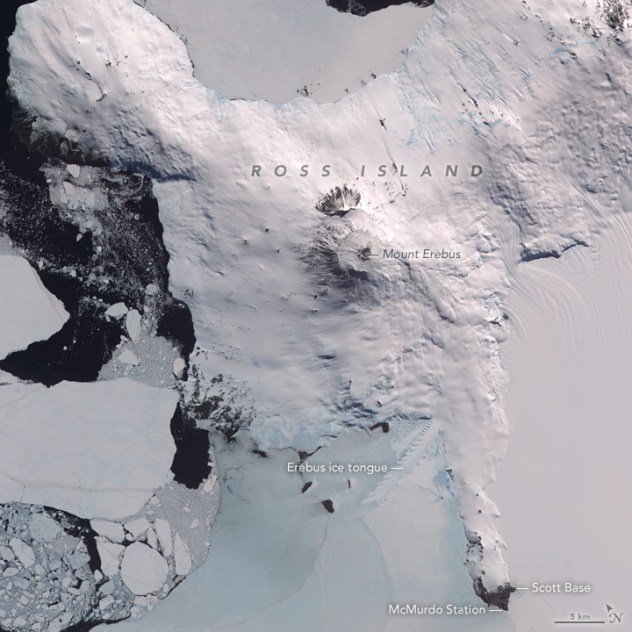
- The volcano sits above a thin slice of crust, so molten rock more easily rises from Earth’s interior.
- It regularly emits plumes of gas and steam and occasionally spits out rock (bombs).
- Gold deposits of volcanic origin are spat out as gold dust as far as 621 miles.
- At least one lava lake has churned within its caldera since 1972. It is also famous for its “lava lake” at one of its craters, “where molten material is present at the surface“.
- The largest Antarctic settlement – McMurdo Station, operated by the United States – is located about 25 south of Mount Erebus within sight of the volcano.




![PMF IAS Environment for UPSC 2022-23 [paperback] PMF IAS [Nov 30, 2021]…](https://pmfias.b-cdn.net/wp-content/uploads/2024/04/pmfiasenvironmentforupsc2022-23paperbackpmfiasnov302021.jpg)
